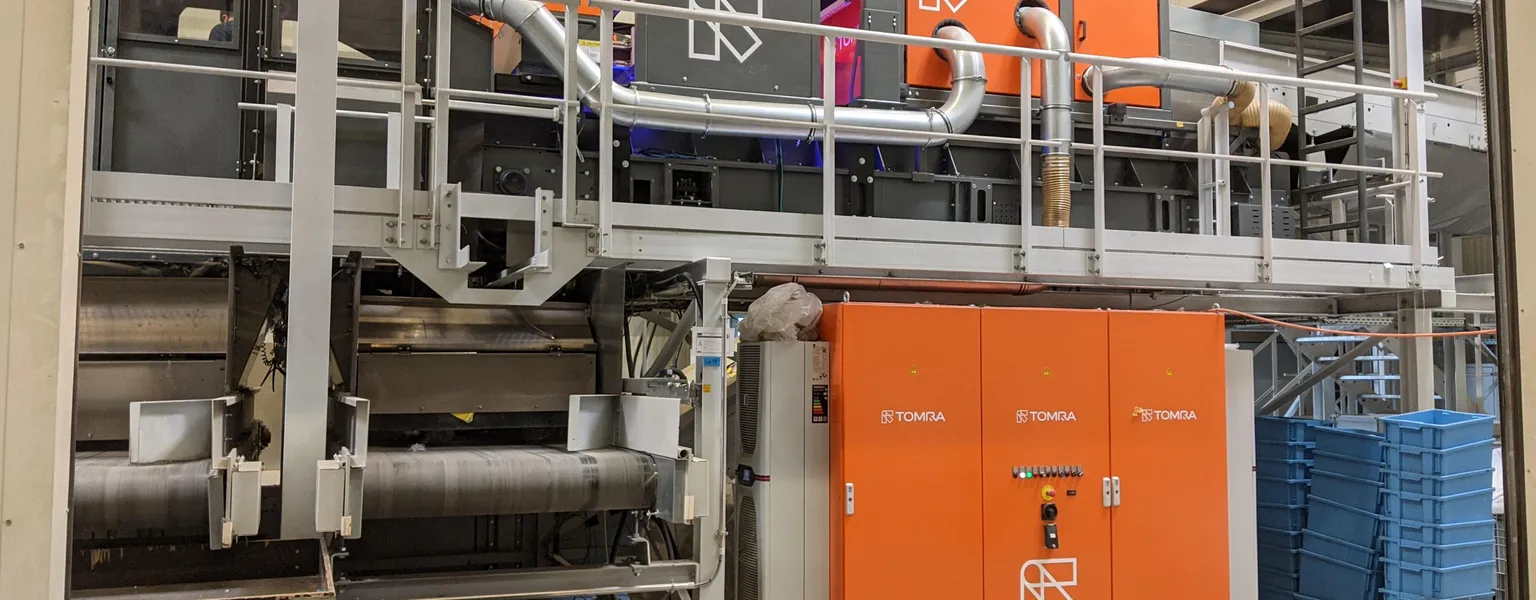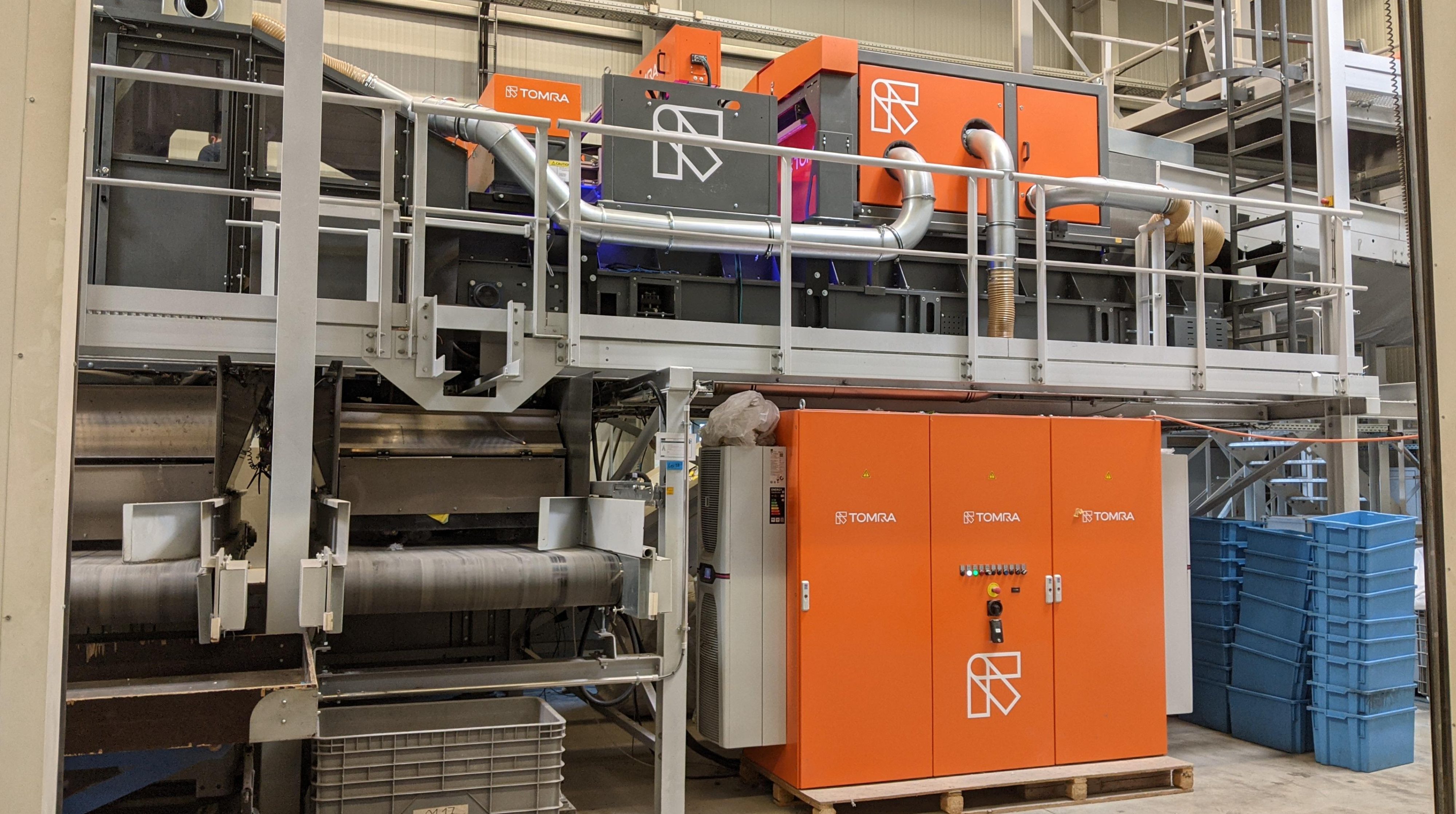HolyGrail 2.0 to pilot digital watermarks for packaging waste in France

Sustainability
Building on the successful semi-industrial validation of two prototype detection sorting units, the Digital Watermarks Initiative HolyGrail 2.0 has entered its next project phase, where the HG2.0 technology will be tested for detection, ejection and purity – among others – at industrial level in three testing facilities in France and Germany (using enhanced commercial samples from these 2 countries and Denmark).
In this next phase, the HG2.0 Initiative is launching a pilot market, France. The approach is to test at scale in one national market, which will provide all stakeholders with real-life data on the value creation potential of digital watermarks for optimal sorting of packaging waste.
France has been chosen as the pilot market for multiple reasons, including support from one of the French Producer Responsibility Organisations CITEO, ambitious legislative recycling objectives, and big French players involved in HolyGrail 2.0 since the start of the project.
While brand owners and retailers have the responsibility to meet recycling goals, all operators across the waste management value chain will need to be involved.
This is an open invitation to the HG2.0 in-person meeting at Pellenc ST's headquarters in Pertuis, France on 30 January, where the focus of discussions will be on the planning of the pilot market, France with all key stakeholders.
Registrations are open until 20 January via this link.

About Digital Watermarks Initiative HolyGrail 2.0
The Digital Watermarks Initiative HolyGrail 2.0 – driven by AIM - European Brands Association and powered by the Alliance to End Plastic Waste – is a pilot project with the objective to prove the technical viability of digital watermarks for accurate sorting of packaging waste as well as the economic viability of the business case at large-scale. Digital watermarks are imperceptible codes, the size of a postage stamp, covering the surface of a consumer goods packaging and carrying a wide range of attributes. The aim is that once the packaging has entered into a waste sorting facility, the digital watermark can be detected and decoded by a high-resolution camera on the sorting line, which then – based on the transferred attributes (e.g. food vs. non-food) – is able to sort the packaging in corresponding streams. This would result in better and more accurate sorting streams, thus consequently in higher quality recyclates benefiting the complete packaging value chain.
This article was originally published by Digital Watermarks.




